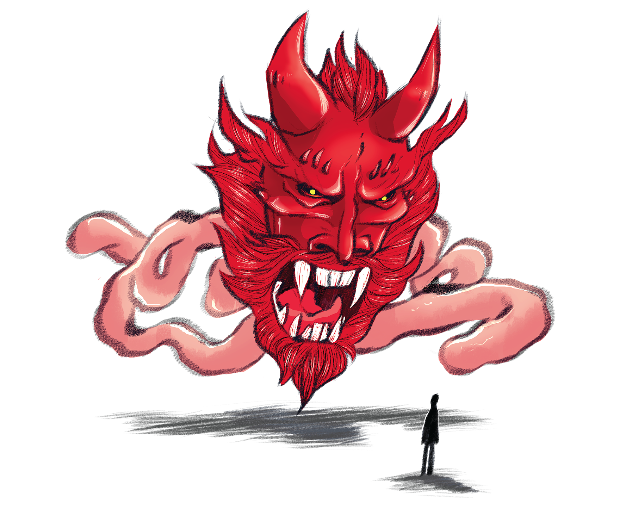Illustration | Brittany England
Calm down, it’s just Ebola
October 22, 2014
Unexplained bleeding, muscle pain, vomiting, diarrhea, and fever are all symptoms of having Ebola Hemorrhagic Fever or Ebola Virus Disease, which causes severe and often fatal illness in humans, according to the Center for Disease Control.
Now that Ebola has reached America it is no longer a problem that can be addressed from a distance.
At 6:30 p.m. Wednesday, Oct. 29, former World Health Organization employee Dr. Patricia Omidian, will participate in a panel discussion at Cal State East Bay in LI 2126 titled, “Misunderstandings and Lost Opportunities: Responses to Ebola in Liberia”.
Omidian worked as a medical anthropologist during her time with WHO while stationed in Liberia.
Since March 2014, Ebola has ravaged West Africa, killing as many as 50 percent of the people who come into contact with the disease.
With 3,800 deaths and counting it is the largest Ebola outbreak in recorded history, according to the World Health Organization. With no licensed vaccine, these statistics can be worrisome and frightening; and with the recent death in Dallas, Texas, fear hits close to home.
According to the CDC, Ebola originates in animals and is transferred to humans through contact with infected bats or through the consumption of “bushmeat”- meat from butchered wild animals. Ebola virus disease then spreads through human-to-human transmission.
After a human is infected with Ebola, transmission occurs when bodily fluids including blood, feces, urine, saliva and sweat come into contact with one’s mucous membranes such as eyes, nose, and mouth or through broken skin, as described by the CDC.
As described by the CDC, contact with contaminated surfaces, bedding, and clothing can also spread the infection. Individuals are not considered to be contagious until symptomatic; however symptoms may not appear until up to 21 days after exposure. The average incubation period is 8 to 10 days.
Much of Ebola’s fatalities have been attributed to what the CDC term poor health care and living conditions including a lack of proper hygiene, inaccessibility to basic sanitary supplies such as gloves and masks, as well as an absence of knowledge of how the disease is spread.
In August, locals destroyed a healthcare facility treating Ebola patients in Liberia.
In favor of their own methods for health care, many locals are afraid of doctors, believing they are the ones spreading the disease.
Bodies of deceased infected individuals are still sources of transmission that can create a difficult situation for those seeking to perform burial practices and those trying to eradicate the spread of the disease.
Healthcare workers exposed to those with the disease require complete protective clothing, says the CDC website. Sterilization of both facilities and deceased individuals is also vital to prohibiting transmission.
For those not in direct contact with Ebola, proper hand-washing, avoiding those infected (including contaminated items), and isolation of infected individuals are key to preventing transmission.
There are a range of potential treatments being evaluated, including blood products, immune therapies, drug therapies, and two potential vaccines undergoing human safety testing. However, the WHO reports no FDA-approved vaccine currently available for the Ebola virus.
The effort to control current and future outbreaks is therefore a global public health issue, focused on disseminating knowledge, maintaining surveillance, and supporting at-risk countries to develop preparedness plans.


